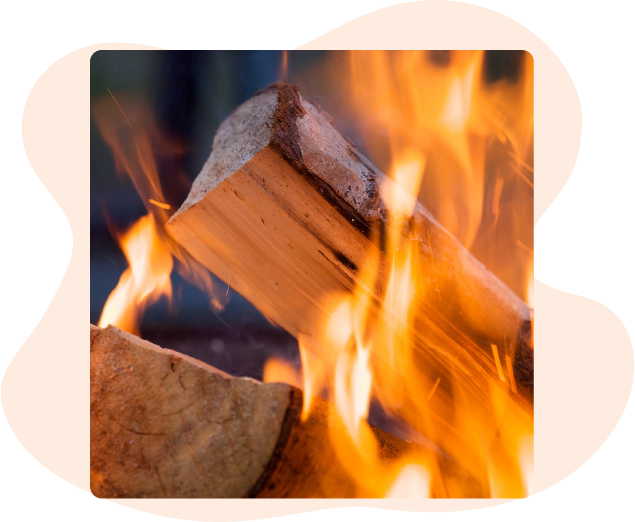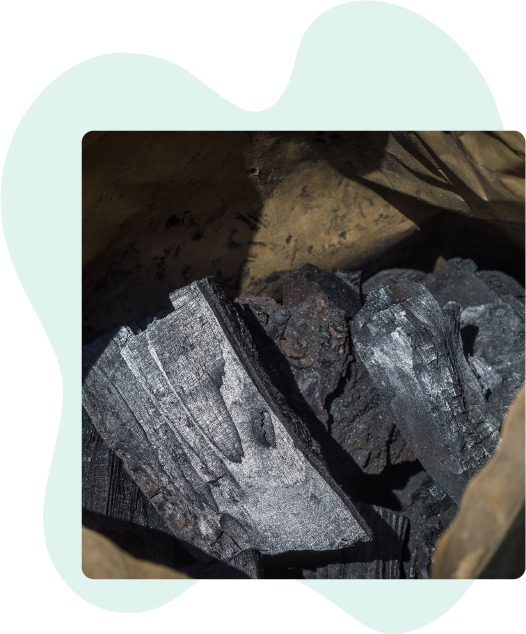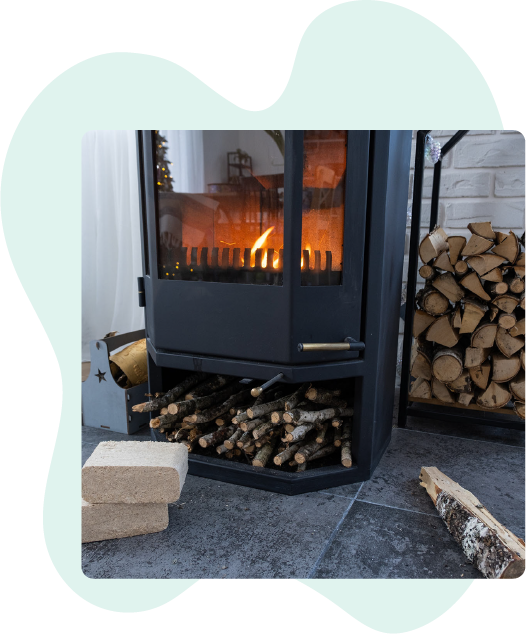Clean Burn Sussex
The way we heat our homes impacts on the air pollution in our neighbourhood.
The way we heat our homes impacts on the air pollution in our neighbourhood.
About 16% of households in Sussex use solid fuels such as wood or coal to heat their home (https://sussex-air.net/clean-burn/facts-and-health) The fuel you choose and the way you burn it can make a big impact on air quality. We want to help people to heat their home in less polluting ways, including choosing lower pollution fuels and stoves that reduce unnecessary air pollution.

Burning the wrong fuels at home, such as wet wood or traditional house coal, releases harmful smoke into the air which, when mixed with other emissions can affect your health. Cleaner alternatives such as dry wood and manufactured solid fuels not only produce less smoke but are also cheaper and more efficient.

These were introduced several decades ago to combat the coal smog that prevailed in our big towns and cities. In Sussex we have two Smoke Control Areas in Brighton & Hove and Crawley. Check their websites for more information. Smoke Control Area Interactive Map
In a Smoke Control Area you can only use:
When burning wet wood, some energy is spent to burn away this moisture. If the wood was dry, this energy could be used to heat your room. Burning wet wood will also create more smoke and pollution by reducing the burning temperature. This can produce more tar and soot that can accumulate in your chimney increasing maintenance costs and the risk of a chimney fire.
Seasoned wood is wood that has been dried to remove as much moisture content as possible. It is recommended that you only burn wood with a maximum of 20% moisture. If you have access to your own source of wood, you may want to season it yourself. This can not only save you money, but also cuts out the carbon that would be used to transport your logs. Spring is a good time to start seasoning firewood as it can take a while to reach optimum dryness. Look out for the Woodsure Ready to Burn label.
Smokeless fuel is a much safer alternative to smoke-producing fuel. Wood-burning open fires and stoves produce a range of toxic gases and particulate matter that can increase your risk of developing heart and lung diseases. Anthracite is one of the most commonly burnt types of smokeless fuels used in UK homes. It has a high carbon content and few impurities which means it burns far cleaner and produces less smoke.
Burning plastic, polystyrene, aerosols, or painted and treated wood can create fumes and pollutants that can harm people, as well as pets and any nearby wildlife. These materials generate excessive smoke and toxic fumes which can spread and linger in the surrounding air. The best way to get rid of household rubbish is by recycling with your local provider.
If you use house coal, choose approved smokeless fuels such as anthracite or smokeless fuel. Smokeless fuel burns with less smoke than coal but some mixes with petcoke (a waste product from oil refineries) that can contain high quantities of sulphur. Make sure that your smokeless fuel is a low-sulphur type authorised for use in Smoke Control areas. Look for the Approved Coal Merchants Scheme logo when buying coal fuel.
Last year (2022), it was mandated that all word burning stoves must adhere to a European directive on air pollution and particular emissions known as Ecodesign. The scheme which is led by the Stove Industry Alliance, has already been embraced by many manufacturers that are now producing stoves that are exceeding the directive by as much as 75%. Leading brands of Ecodesign stoves include ACR, Arada, Charnwood, and Stovax.

When operating a stove, the first thing to do is to open the valves. This is the air control that will let oxygen in. Without oxygen, a fire cannot burn efficiently. Then you need to think about laying some kindling. Ideally scrunch up some newspaper (five or six balls should be enough) and place in the centre of the grate. On top of this, add tiny pieces of dry wood leaving gaps to keep the air circulating.
Now it’s time to light your fire! Use long matches to ignite the paper under the kindling and make sure the fire burns evenly.
Leave the door ajar to keep the air flowing. Once it’s established you can take some smaller ‘Ready to Burn’ logs and place them one at a time to avoid suffocating the flames.
After 10-15 minutes you’ll be able to close the vents to limit airflow and then you’ll just need to add more wood as and when needed.